Choosing an adequate nanny for your children can be a difficult situation, an in case of the royal families, a nanny has to have all the proper training and experience if she wasn’t to be around the royal children. Carolyn Harris, author of Raising Royalty: 1,000 Years of Royal Parenting. Shared with Town & Country that royals are encouraged to hire nannies due to having “extensive working responsibilities,” but they don’t have to hire one if they don’t want to. Nannies weren’t always present when raising royal children, especially in the past. Here is something you maybe didn’t know about the issue during the royal years.
Contents
Governesses
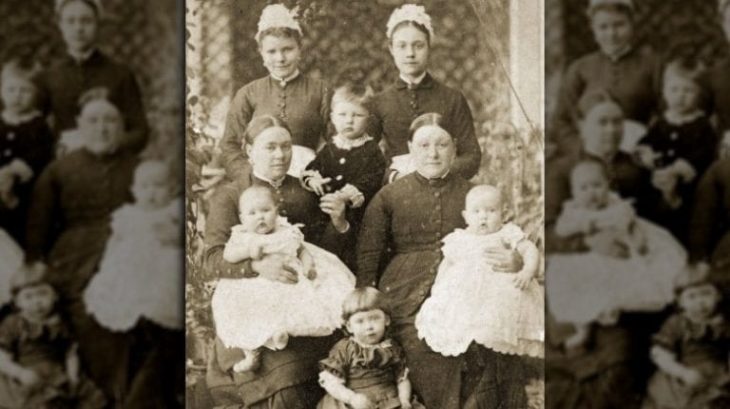
Governesses were once your modern nannies. But they had different tasks then the nannies today. Governess is a word that was devised by royalty in 1483, and they were employed to, in addition to taking care of the children, educate them. The word ‘’governess’’ came out of style in the late 1800s.
Tyrannical nanny
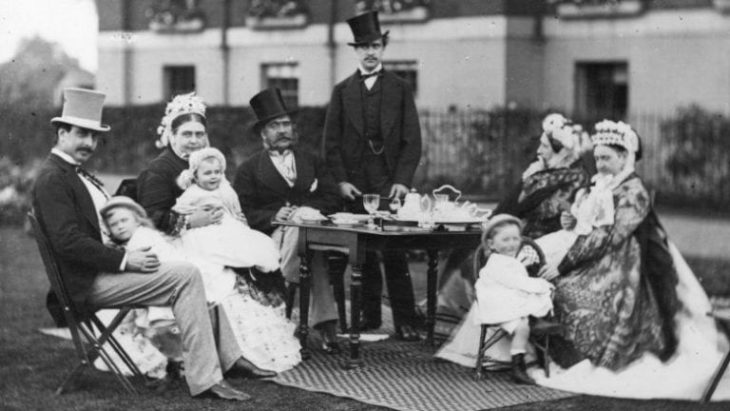
Some nannies had a bad habit of abusing the power they were given to. There is a scene in The King’s Speech, in which King George VI (played by Colin Firth) hared with his speech therapist how his nanny wasn’t a good nanny. She would pinch him to get him to cry just before handing him off to his parents, who when looked at the screaming baby, would return him to the nanny. She would torture him again, and on occasions would let him eat. “It took my parents three years to notice,” King George revealed.
Good nannies
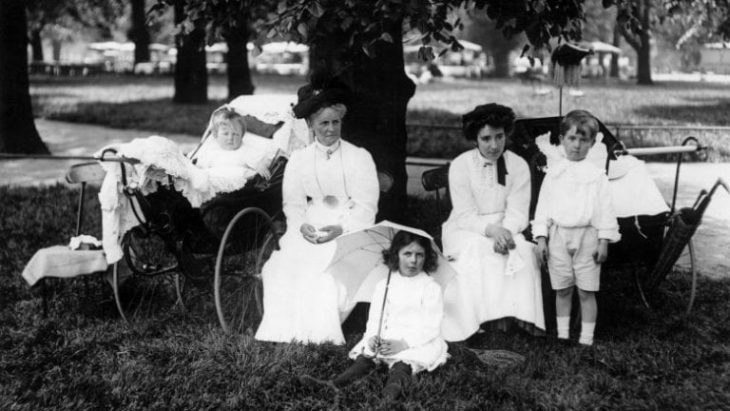
Charlotte ‘Lala’ Bill was an under-nanny, and when she realized what King George’s nannies were doing to him, she immediately told his royal parents the truth. She was fired, and Bill was George’s nanny instead. “Lala was a London woman to whom the children became attached,” wrote in Inheritance: A Psychological History of the Royal Family Dennis Friedman, a psychologist, and royal commentator. “She was cheerful, kind and loving, as was their grandmother Queen Alexandra, and the two women did their best to provide the children with what they lacked in maternal love.”
Keeping secrets
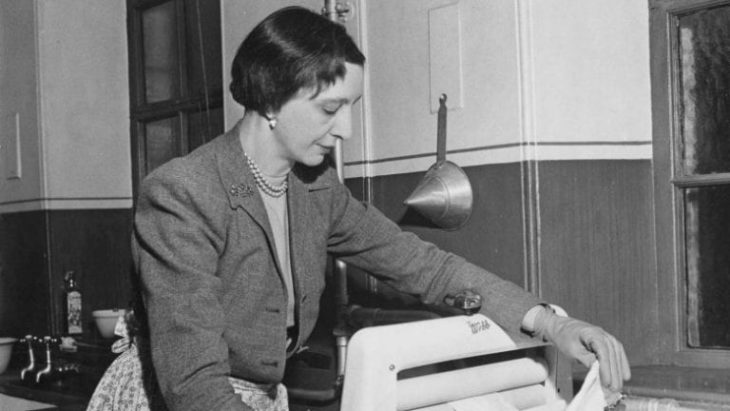
King George VI hired a Scotish nanny Marion “Crawfie” Crawford, to take care of his children, Princess Margaret, and Princess Elizabeth, who later became the Queen. Crawford ended up as the royal family’s “most trusted confidantes.” Crawford left the royal family after Elizabeth got married. Her loyalty didn’t stay for long – she wrote a story about her time as a nanny for Ladies’ Home Journal in 1949, and in 1950 she published a book The Little Princesses, which led the palace to cut all the ties they had with her.
Later nannies
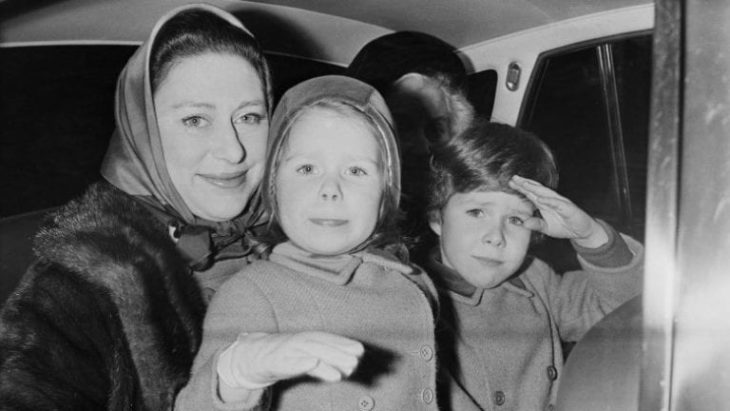
Inheritance: A Psychological History of the Royal Family says that Prince Charles “experienced anything other than minimal parental involvement during his infancy.” Even though he had respect for his mother, he did have a deeper relationship with his two nannies, Mabel Anderson, and Helen Lightbody. Psychologist Dennis Friedman opined in his book it was these two distinct types of relationships that dictated his later romantic relationships. Not unlike his mother, his first wife, Princess Diana, was “looked up to but out of reach” while his second and current wife, Camilla Parker Bowles, “reflected the warmth and love of his erstwhile nannies.”
Stealing nannies
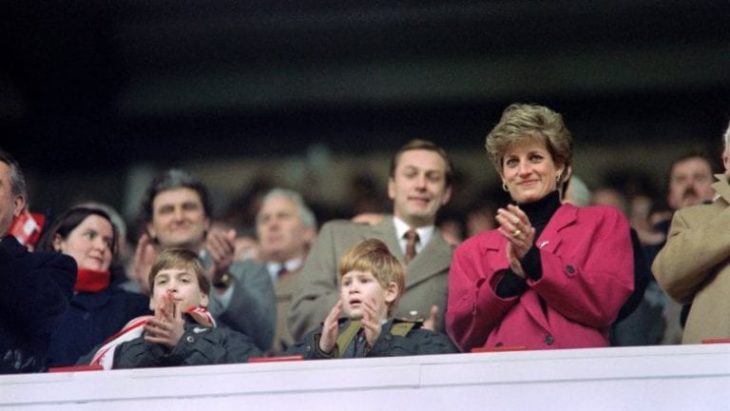
Royal biographer Ingrid Seward wrote in her book The Queen & Di: The Untold Story that Charles and Diana regularly disagreed about nannies for their children, Princes William, and Harry. Charles wanted to hire his former nanny, Mabel Anderson, but Diana felt she was “too old and too traditional.” They ended up hiring Barbara Barnes, but this led Diana to be jealous over the relationship she had with her two sons. She let her go after just five years and decided to get Ruth Wallace, the nanny who looked after the children of her neighbor, Princess Michael of Kent. Diana “poached” the nanny for her own children, which made Princess Michael angry. Wallace quit her job after she realized she can’t cope with all the public attention. Diana thought she could fulfill her royal duties as well as raising her children on her own, but when she saw how impossible that was, she had to hire another nanny.
The new nanny
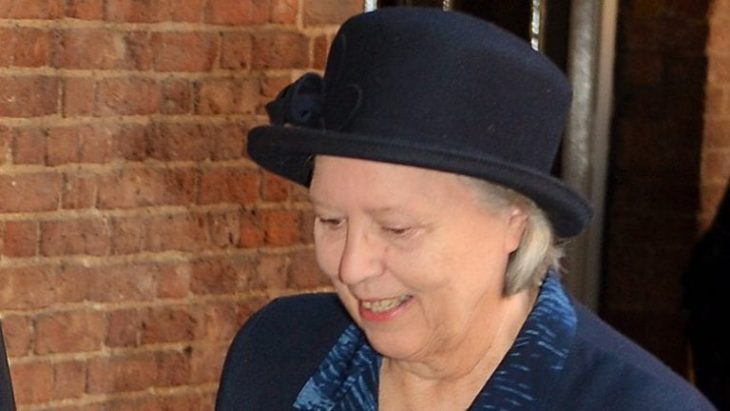
Diana hired Jessie Webb, whose educational background was interior decorating. Wendy Berry, a former housekeeper at Highgrove House, said Webb was “great fun and very outspoken” and someone who brought “normality into the boys’ lives.” After spending Christmas at Sandringham, Webb complained that the Queen’s staff had spoiled the children. “There they are treated like princes — here they are treated like ordinary little boys,” she said. Diana wasn’t happy about it, and bu 1992 she stopped talking with the nanny. William and Harry still talked to her occasionally.
‘’The big sister’’
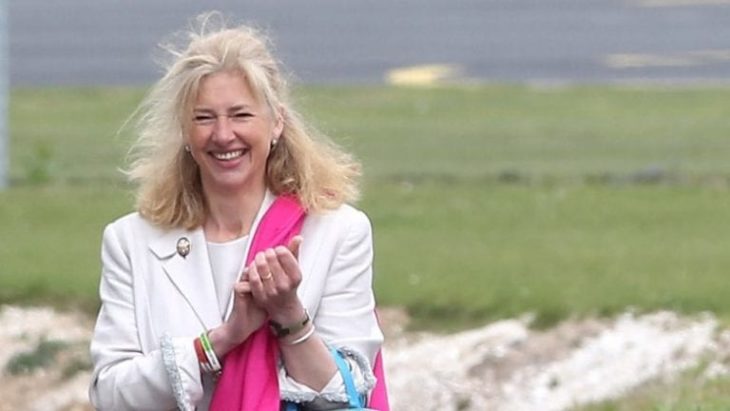
Diana: Story of a Princess explained that Prince Charles hired Tiggy Legge-Bourke in 1993 to care for his children after his separation from Princess Diana. Diana thought the two were having an affair, and that went too far, with Diana accusing Legge-Bourke aborting Charles’ baby. The nanny sued. After four years, Legge-Bourke left her positions as a nanny. William and Harry thought of her as their ‘’big sister’’ and they were very sad when she left.
Modern nanny
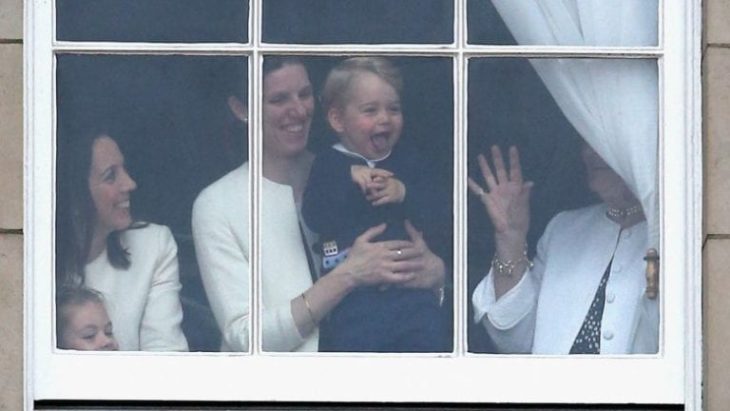
Maria Borrallo is the nanny for Prince George, Princess Charlotte and Prince Louis. She went to Norland College, which has become identified as the Mary Poppins school because, as royal commentator Victoria Murphy shared with ABC News, “the nannies are so perfect.” “The nannies are taught everything from protective driving to security problems to how to care for a later king or queen. ”So she just really knows everything that you could possibly need to know about bringing up a child,” the commentator explained. The nannies also wear the same uniform since the college started back in 1892, and they know Taekwondo. Borrallo and other Norland nannies support the school’s motto “love never faileth” and aim to be caring and sympathetic caregivers.
Source: www.thelist.com
